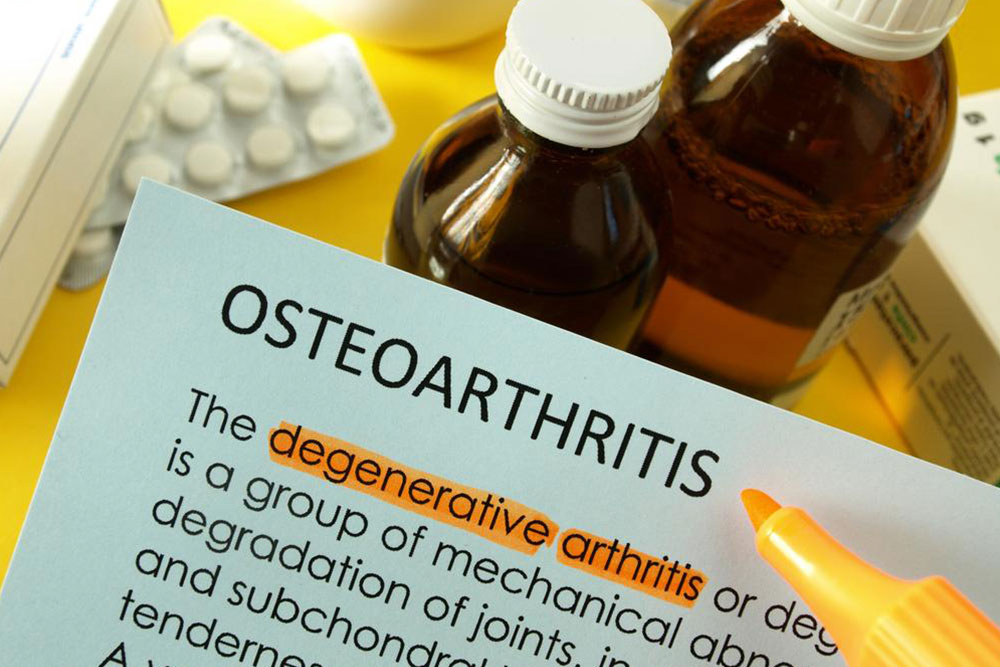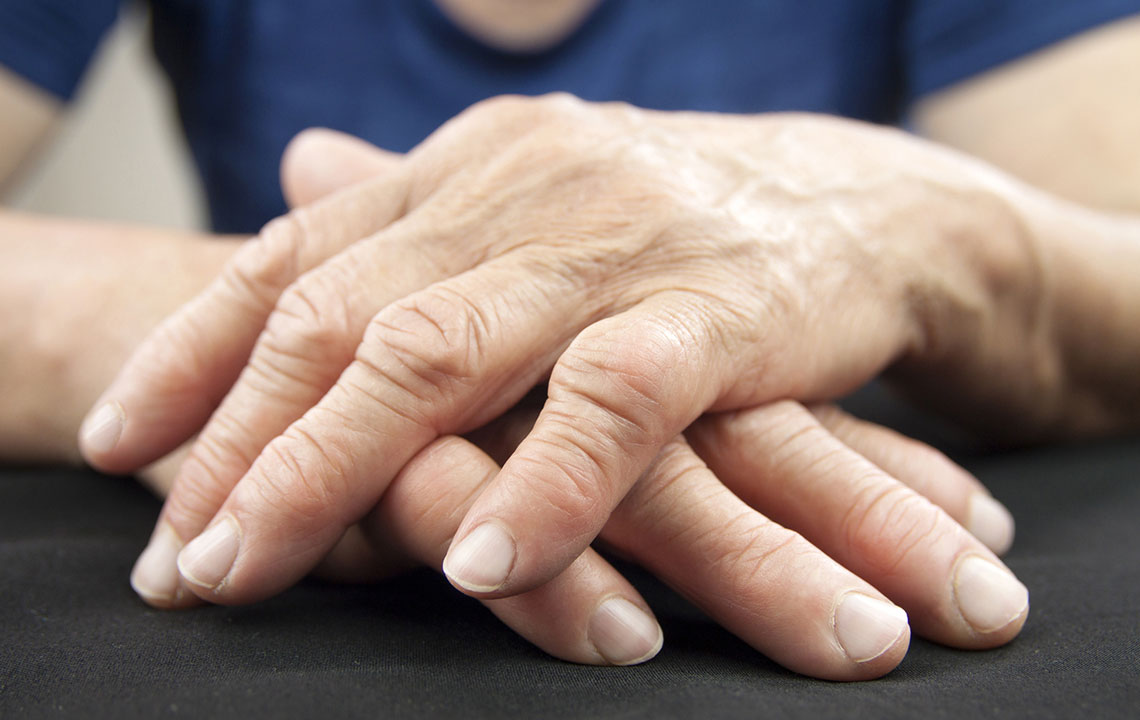Comprehensive Approaches to Easing Arthritic Pain and Improving Joint Health
Discover effective strategies to manage and reduce arthritis pain through lifestyle modifications, dietary choices, and home-based therapies. Learn how maintaining a healthy weight, engaging in low-impact exercise, and applying heat or cold therapy can improve joint health. Incorporate dietary supplements like omega-3s and turmeric to reduce inflammation. Sample massage and vitamin D tips for comprehensive relief. These practical methods are designed to support medical treatments, improve mobility, and enhance overall quality of life for those with arthritis.

Comprehensive Approaches to Easing Arthritic Pain and Improving Joint Health
As individuals age, everyday activities such as climbing stairs, bending, or even walking can become increasingly difficult, especially for those suffering from arthritis. Arthritis is a common chronic condition characterized by inflammation and deterioration of joint tissues, leading to pain, stiffness, swelling, and a significant decrease in quality of life. Managing arthritic discomfort effectively requires a multidimensional approach that combines medical treatment with lifestyle modifications and home-based strategies. While medication remains a cornerstone in controlling symptoms, adopting additional home remedies and habits can substantially enhance comfort, mobility, and overall well-being.
One of the most critical steps in managing arthritis pain is maintaining a healthy body weight. Excess weight puts additional stress on weight-bearing joints such as the knees, hips, and lower back, accelerating joint deterioration and increasing pain. Achieving an optimal weight not only alleviates joint strain but also assists in slowing disease progression and improving overall joint function. Even modest weight loss can make a notable difference in symptom severity and improve life quality.
Regular, low-impact physical activity is essential. Activities such as walking, swimming, and cycling are recommended because they increase joint flexibility, strengthen surrounding muscles, and aid in weight management—all without causing excessive joint stress. Aiming for at least 30 minutes of moderate exercise most days of the week helps keep joints limber and reduces stiffness. It’s important to avoid high-impact activities like running or jumping, which can further damage fragile joints, and to listen to your body's signals to prevent overexertion.
In addition to regular movement, applying heat or cold therapy can provide valuable symptom relief. Hot packs or warm compresses boost blood circulation, relax tense muscles around affected joints, and reduce stiffness—applied for up to 30 minutes at a time. Cold packs or ice compresses help minimize inflammation and numb nerve endings, thereby decreasing pain—used for no more than 15 minutes to avoid skin damage. These simple therapies are easy to incorporate into daily routines and foster immediate relief.
Dietary modifications can significantly influence joint health. Consuming omega-3 fatty acids from sources like fatty fish—such as salmon, mackerel, and sardines—or plant-based options like flaxseeds and walnuts has anti-inflammatory effects, reducing joint stiffness and pain. Incorporating turmeric, known for its active compound curcumin, can also help diminish inflammation. Regular intake of these anti-inflammatory foods may enhance the efficiency of medical treatments and contribute to long-term joint health.
Massages performed by trained professionals can alleviate muscle tension around painful joints, improve blood circulation, and elevate mood, all of which contribute to pain reduction. It is vital, however, to ensure massage techniques are appropriate and gentle, especially during flare-ups. Alongside these practices, avoiding repetitive movements that strain joints, maintaining good posture, and protecting joints from injury are vital preventive strategies.
Vitamin D plays an important role in bone health and immune regulation. Many individuals do not get enough sunlight exposure, leading to lower vitamin D levels, which may exacerbate joint problems. Increasing dietary intake of vitamin D-rich foods such as fortified dairy products, egg yolks, or considering supplementation—after consulting a healthcare provider—can bolster bones and joints.
In summary, managing arthritis involves a combination of lifestyle changes, dietary habits, and targeted therapies. Emphasizing weight control, regular gentle exercise, hot and cold therapy, dietary supplements, and professional massage can collectively reduce pain and improve joint mobility. Importantly, these strategies complement medical treatments prescribed by healthcare professionals and can significantly enhance quality of life for arthritis sufferers.





